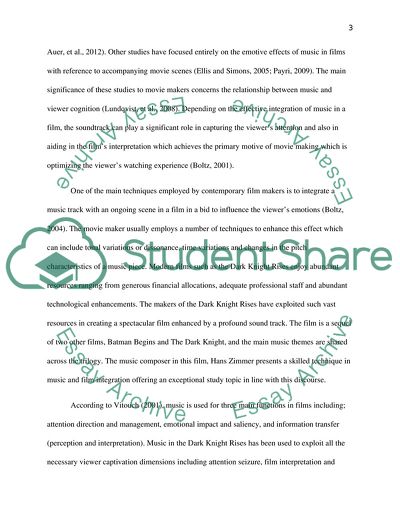Cite this document
(Music Use in the Dark Knight Rises Essay Example | Topics and Well Written Essays - 2500 words - 1, n.d.)
Music Use in the Dark Knight Rises Essay Example | Topics and Well Written Essays - 2500 words - 1. https://studentshare.org/music/1837056-film-music
Music Use in the Dark Knight Rises Essay Example | Topics and Well Written Essays - 2500 words - 1. https://studentshare.org/music/1837056-film-music
(Music Use in the Dark Knight Rises Essay Example | Topics and Well Written Essays - 2500 Words - 1)
Music Use in the Dark Knight Rises Essay Example | Topics and Well Written Essays - 2500 Words - 1. https://studentshare.org/music/1837056-film-music.
Music Use in the Dark Knight Rises Essay Example | Topics and Well Written Essays - 2500 Words - 1. https://studentshare.org/music/1837056-film-music.
“Music Use in the Dark Knight Rises Essay Example | Topics and Well Written Essays - 2500 Words - 1”. https://studentshare.org/music/1837056-film-music.


